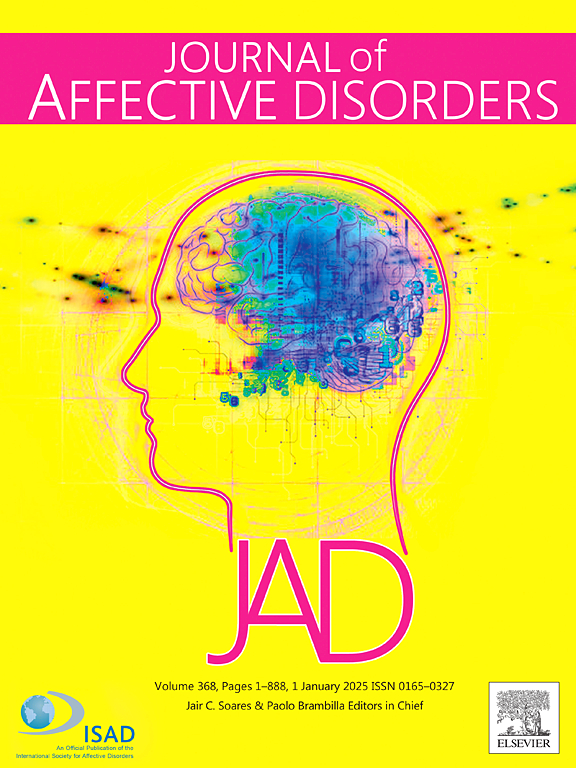Evaluation of the two-way associations between mental disorders and menstrual irregularities: A Mendelian randomization study from both directions
IF 4.9
2区 医学
Q1 CLINICAL NEUROLOGY
引用次数: 0
Abstract
Objective
We aimed to assess the bidirectional relationship between mental disorders and menstrual irregularities using a two-sample Mendelian randomization (MR) approach.
Methods
The analyses were conducted using a two-sample MR method. Analytical tools were derived from large-scale genome-wide association studies, including those on schizophrenia (SCZ, n = 127,906), bipolar disorder (BIP, n = 353,899), major depressive disorder (MDD, n = 674,452), anxiety and stress-related disorder (ASRD, n = 1,096,458), irregular menses (n = 196,550), excessive menstruation (n = 144,388), and dysmenorrhea (n = 114,540). Inverse variance weighting was used for the two-sample MR analyses, while sensitivity analyses were performed using MR-Egger, weighted median, and simple median methods.
Results
MDD and ASRD were associated with an increased risk of irregular menses (P < 0.05); however, no reliable outcomes were found regarding the relationship between SCZ, BIP, and the three types of menstrual irregularities (P > 0.05). Furthermore, ASRD was also associated with an increased likelihood of excessive menstruation and dysmenorrhea (P < 0.05). However, the relationship between MDD and excessive menstruation was not statistically significant (P > 0.05). Dysmenorrhea was associated with an increased risk of MDD and ASRD (P < 0.05).
Conclusion
This study provides strong evidence supporting the associations between ASRD and the three types of menstrual irregularities, as well as between MDD and irregular menses and dysmenorrhea.
求助全文
约1分钟内获得全文
求助全文
来源期刊

Journal of affective disorders
医学-精神病学
CiteScore
10.90
自引率
6.10%
发文量
1319
审稿时长
9.3 weeks
期刊介绍:
The Journal of Affective Disorders publishes papers concerned with affective disorders in the widest sense: depression, mania, mood spectrum, emotions and personality, anxiety and stress. It is interdisciplinary and aims to bring together different approaches for a diverse readership. Top quality papers will be accepted dealing with any aspect of affective disorders, including neuroimaging, cognitive neurosciences, genetics, molecular biology, experimental and clinical neurosciences, pharmacology, neuroimmunoendocrinology, intervention and treatment trials.
 求助内容:
求助内容: 应助结果提醒方式:
应助结果提醒方式:


